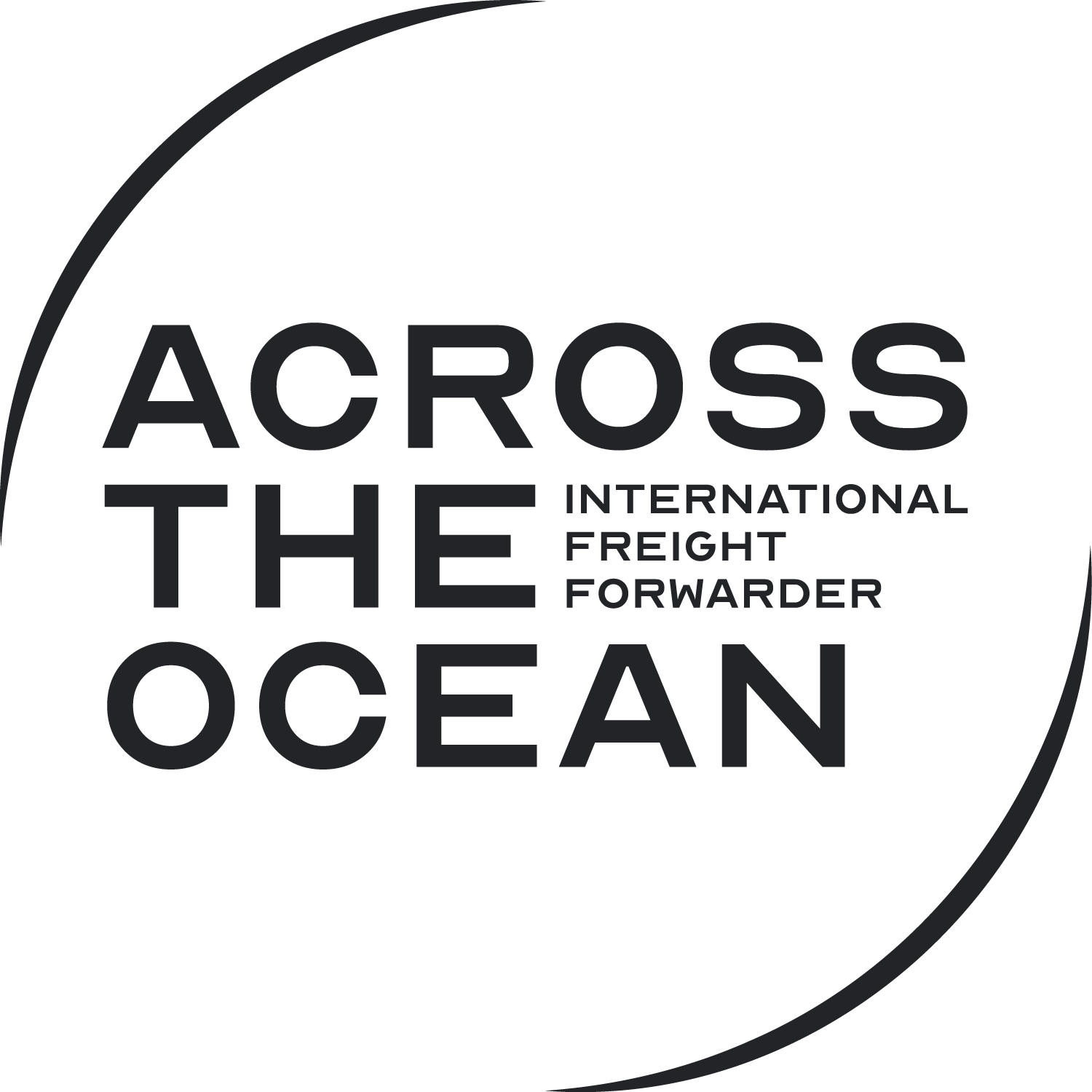
Eco-friendly VLCC – A World First
In September China received the first delivery today from an eco-friendly VLCC, a world first. This supertanker has been fitted with four rigid sails to reduce carbon emissions. Other energy improvements have been placed on the supertanker.
The eco-friendly VLCC is called New Aden. Dalian Shipbuilding Industry Company (DSIC) built this vessel. It is also the hundredth crude oil tanker built by the shipyard. The name of the tanker is also a commemoration of the original fleet of ships they launched 150 years ago.
The New Adan is 1,092 feet long and 300,000 dwt. The ship’s four rigid wind sails are a technology developed by the shipyard using a composite material. Each is approximately 130 feet tall and nearly 13,000 square feet made of carbon fiber composite material. The rigid wind sails are fully automatic. They are lifted and turned with an automation system to maximize their efficiency.
According to DSIC, the Eco-friendly VLCC was designed for operations between the Middle East and the Far East. “The New Aden pays more attention to the optimization of the ship’s operating performance, reduces the ship’s operating fuel consumption, and enhances the ship’s sailing performance in wind and waves,” said CSSC, the sister company of DSIC.
This is great news for the global shipping industry. Every year stricter controls are placed on reducing carbon emissions. These developments are huge and will only help to enrich the industry.
It is estimated that the tanker will save 9.8% of fuel annually. This will reduce carbon emissions by more than 2,900 tons. Other systems such as the SOx and NOx technologies are also fitted on the New Aden. These will help to further reduce emissions, meeting the EEDI and EEXI standards.
Back in 2018, DSIC retro-fitted two rigid sails on an existing VLCC for China merchants. The New Aden, According to the shipyard, is aiding to expand their relationship dating back to 2007. To date DSIC have built over 30 large vessels for China Merchants representing nearly nine million tons.
Source: maritime-executive.com






